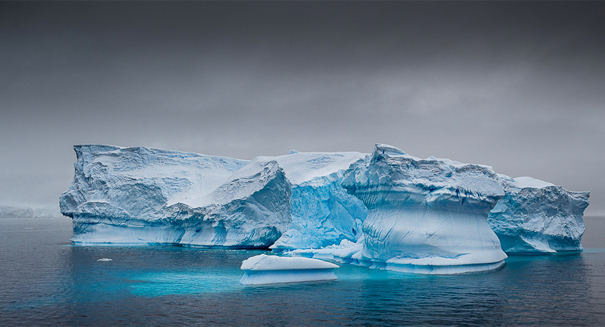
A new plan is to be presented for a one million square mile protected zone off the Indian Ocean side of Antarctica.
Australia has renewed its hopes for a massive marine reserve off the coast of Antarctica.
In 2011, along with France and the European Union, Australia put forth the plan for a Marine Protected Area that would include seven stretches of pristine marine wildness, but the 1.9 million square kilometer plan was rejected last year.
The newest plan, reducing the proposed reserve to one million square kilometers, is being presented for consideration at this year’s Commission for the Conservation of Antarctic Marine Living Resources (CCAMLR) meetings in Hobart, which started Monday October 20.
“The reduction in the scale of the East Antarctic proposal reflects concerns from some nations that the area included was too large,” said the head of Australia’s delegation Tony Fleming. “We are looking forward to working with other nations to reach a good outcome on marine protected areas at this year’s meeting.”
CCAMLR is an international commission trusted with oversight in the conservation and sustainable exploitation of Antarctic resources. In addition to the failure of Australia’s East Antarctica sanctuary last year, the commission also failed to approve a joint US-New Zealand proposal for a reserve in the Ross Sea on Antarctica’s Pacific side.
With a no-fish zone of 1.25 million square kilometers, the Ross Sea protected zone was seen as the proposal most likely to be accepted at last year’s CCAMLR talks, but was unable to get the necessary support from all 25 committee members.
According to Fleming the plan’s success depends on “the atmosphere” of the meeting, but informal discussions with Russia and other members had been positive so far.
“The benefits of the proposal are to protect bio-diversity in the region and to protect foraging areas for marine mammals and penguins, and spawning areas for tooth fish and krill,” said Fleming. “The benefit of the proposal is to protect the ecosystem processes as well.”
Leave a Reply